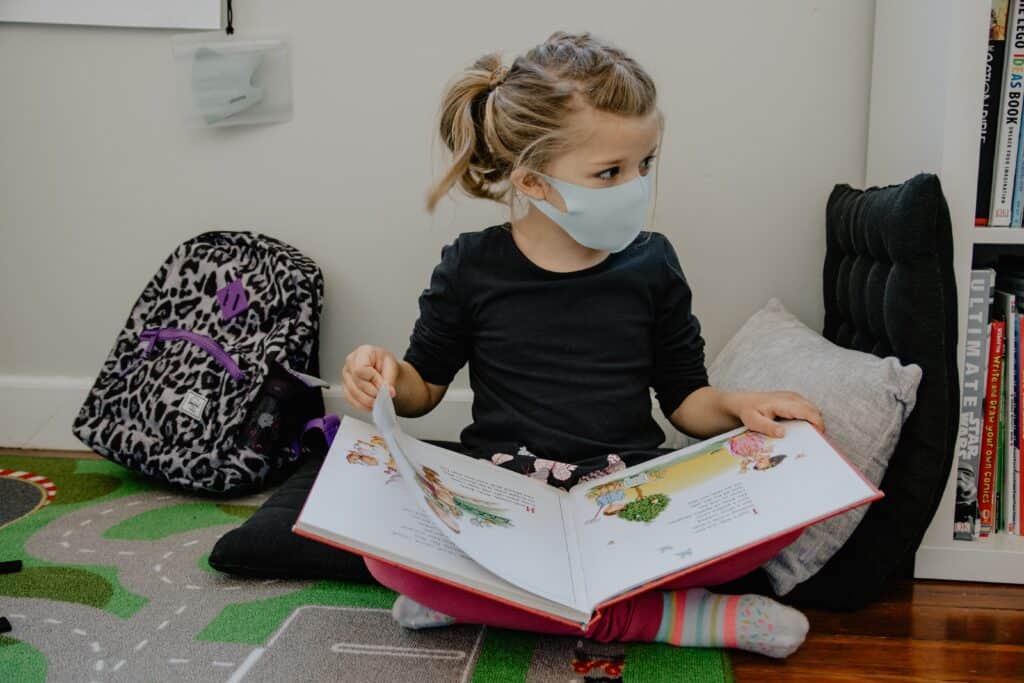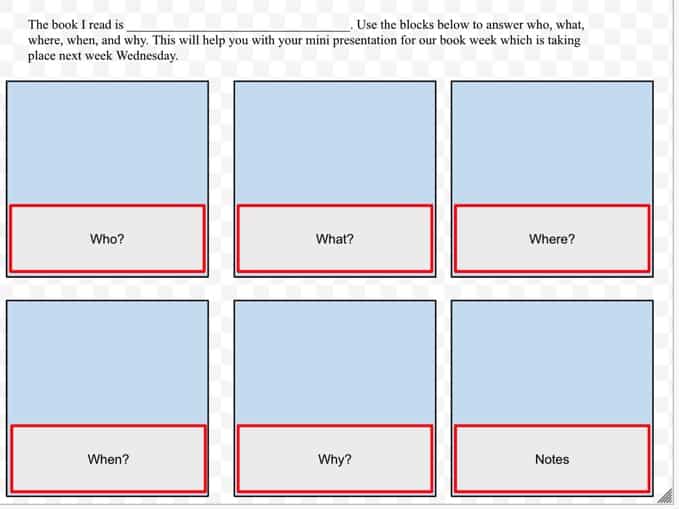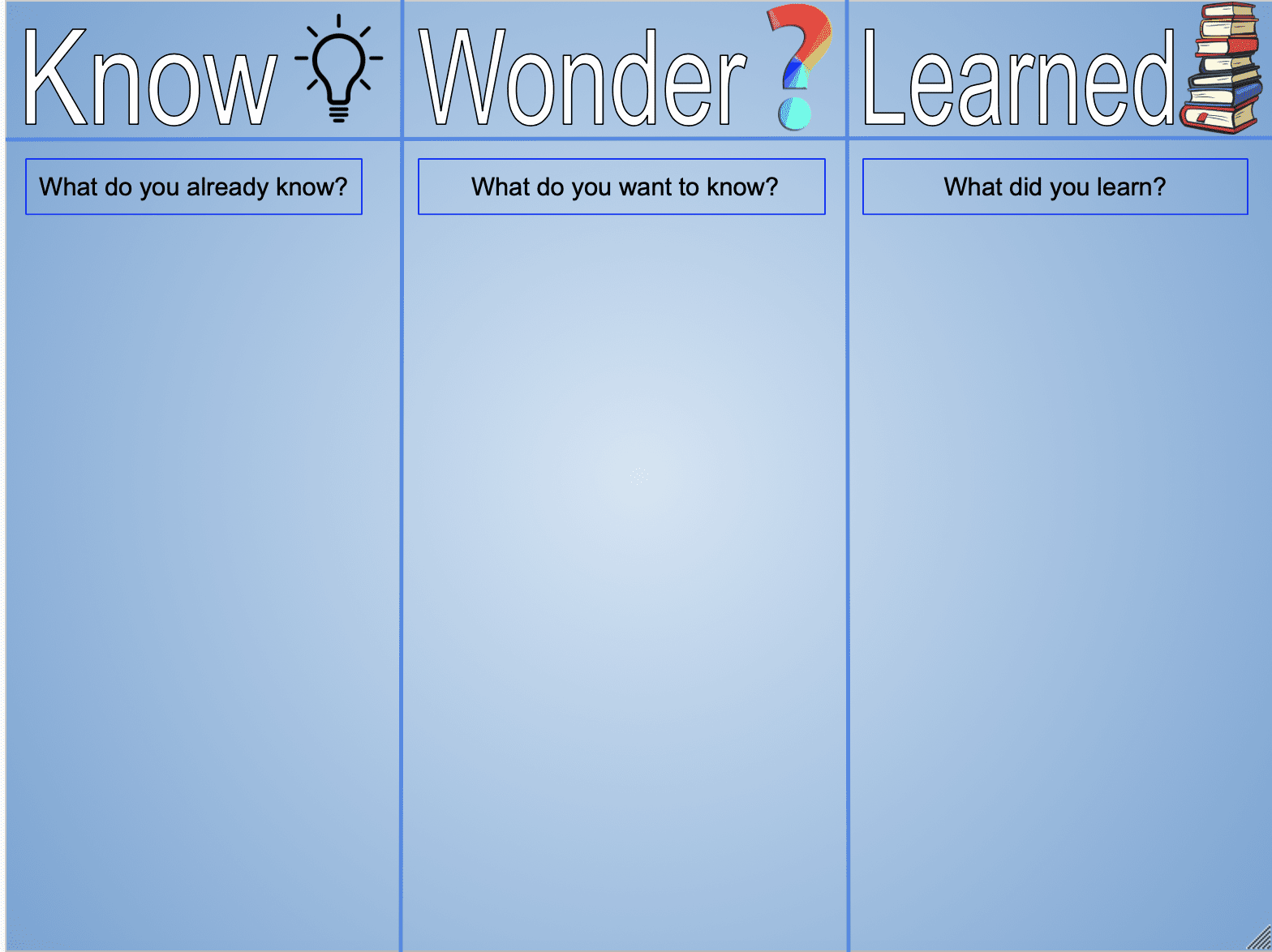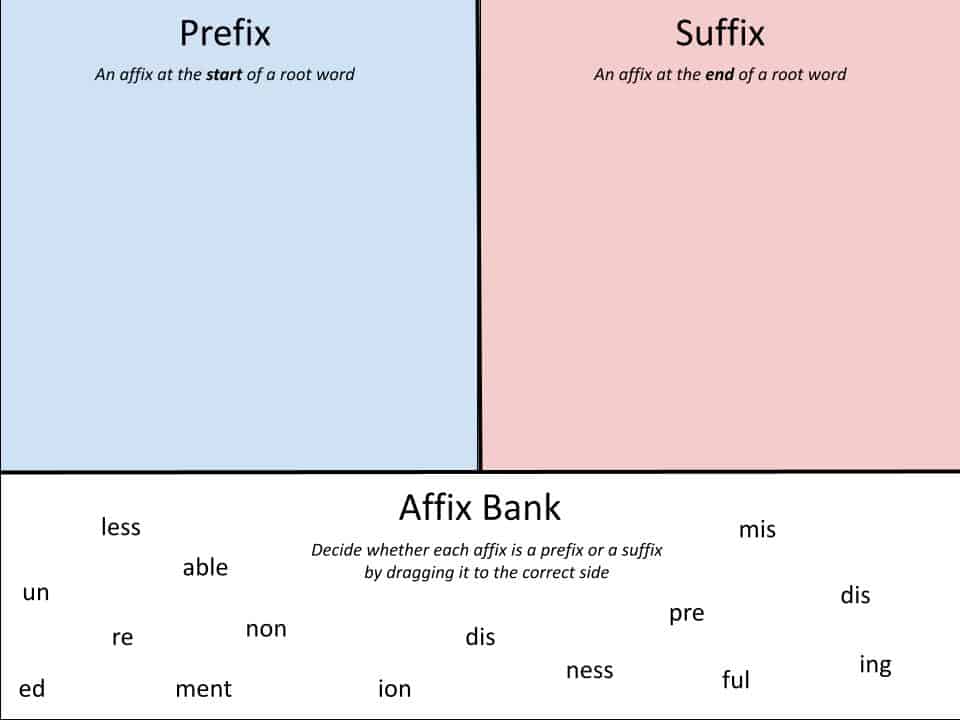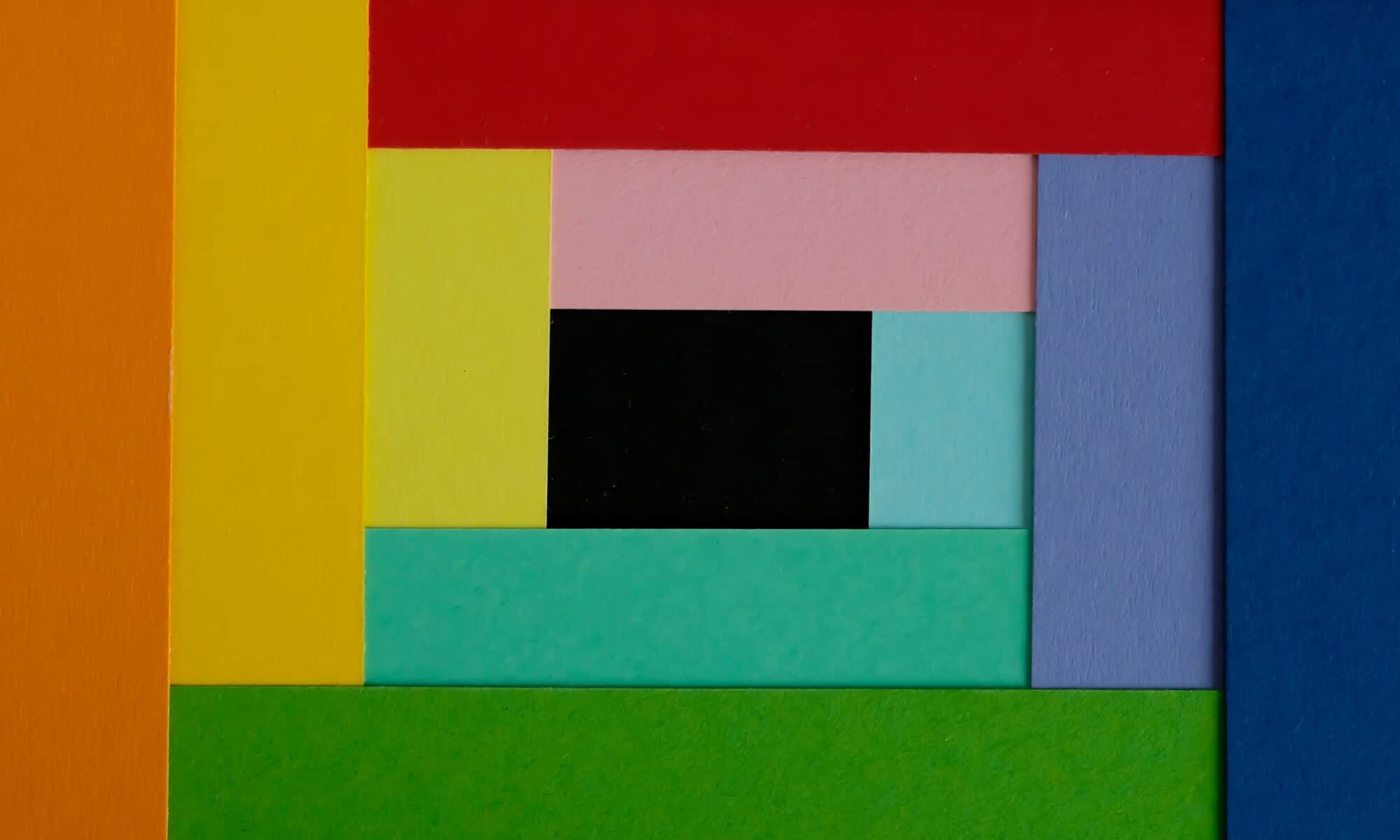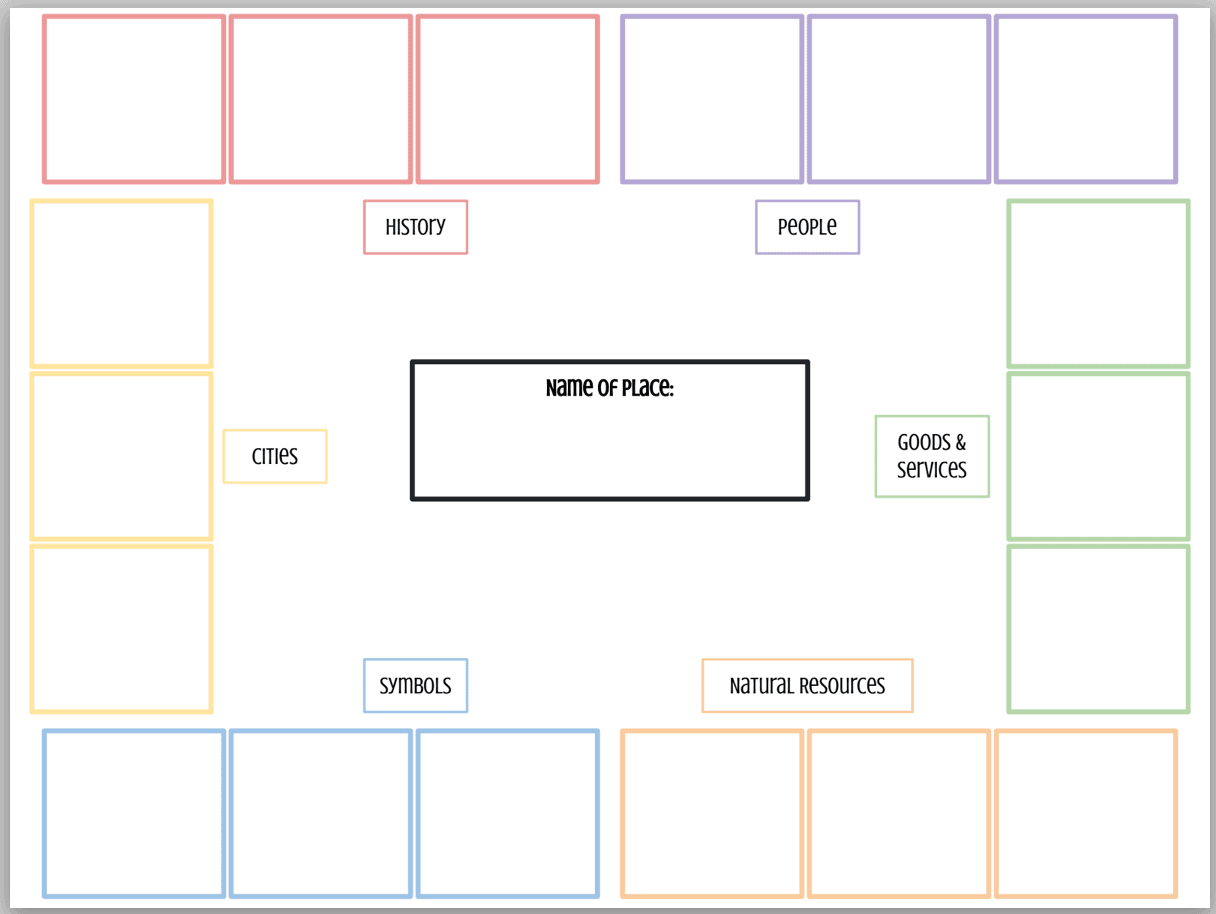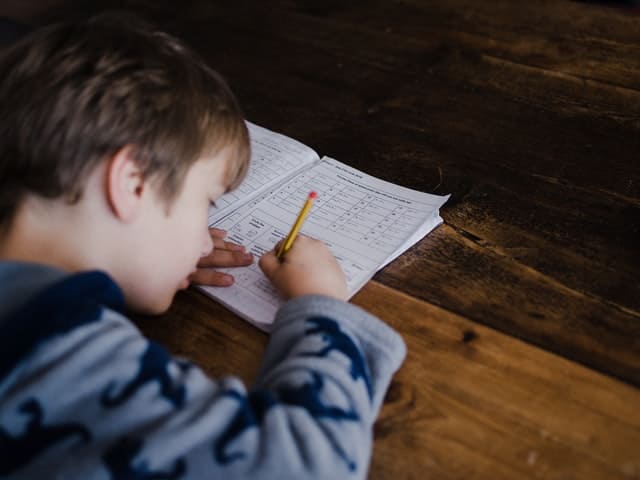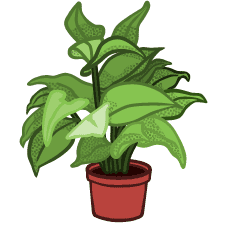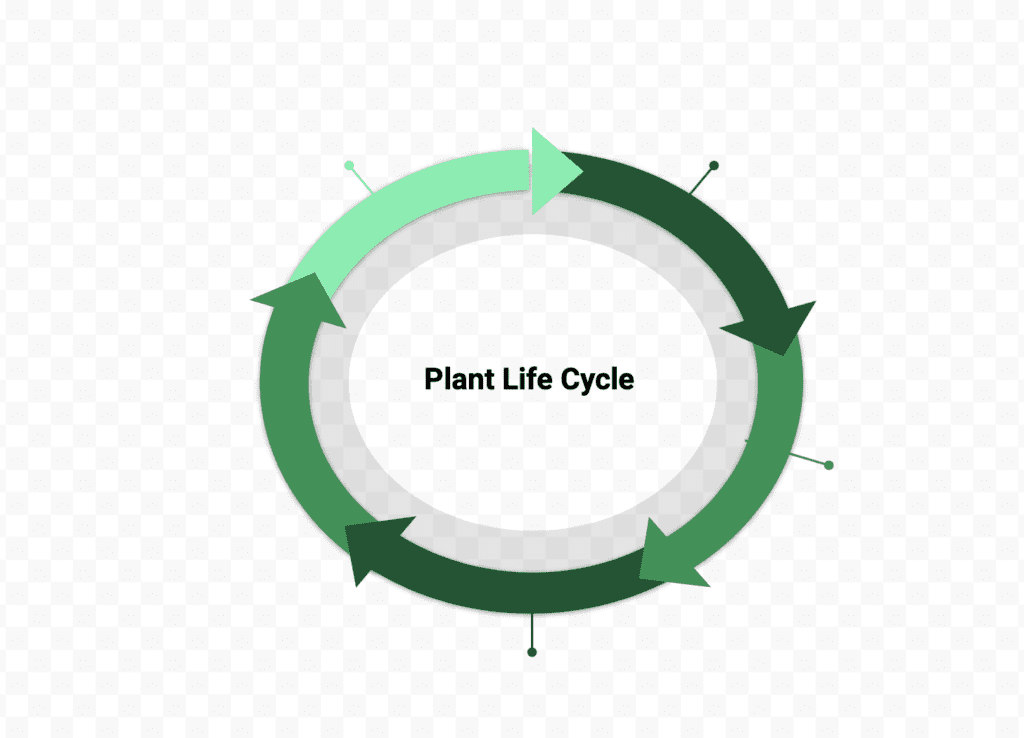In this assignment, students will choose a character from a book the class is reading together, or from a book they have been reading on their own. They will then fill in each bubble on the character map slowly, thinking about the ways their character acts and how it affects those around them. If the students are using this template to write about a character from a book the class is reading together, then the teacher can also add time after students are done to let them share with each other. This gives them another way to think about a character’s impact on others, since it lets them think about how their classmates perceive the character. It’s important to emphasize the importance of explaining why you have specific opinions about a character, and to tell the students to try to think about specific moments in the book that helped them form their opinion about the character.
https://docs.google.com/drawings/d/1TPb9w1EFZ0knAs7WEG8MVFBBYfLniGPSktOupiW1oQk/edit?usp=sharing

This assignment is geared towards 3rd/4th grade, with the goal of having students think critically about a character of their choice from a book that the class is reading together, or reading on their own. This will not only help the student develop critical thinking, but it will also push them to think about how people’s actions have direct impacts on other people, which will help them build crucial social awareness skills. The more they think about how they might perceive a character, how the character thinks about themselves, and how other people might think about the character, the more they will be able to apply that logic into their own lives.




